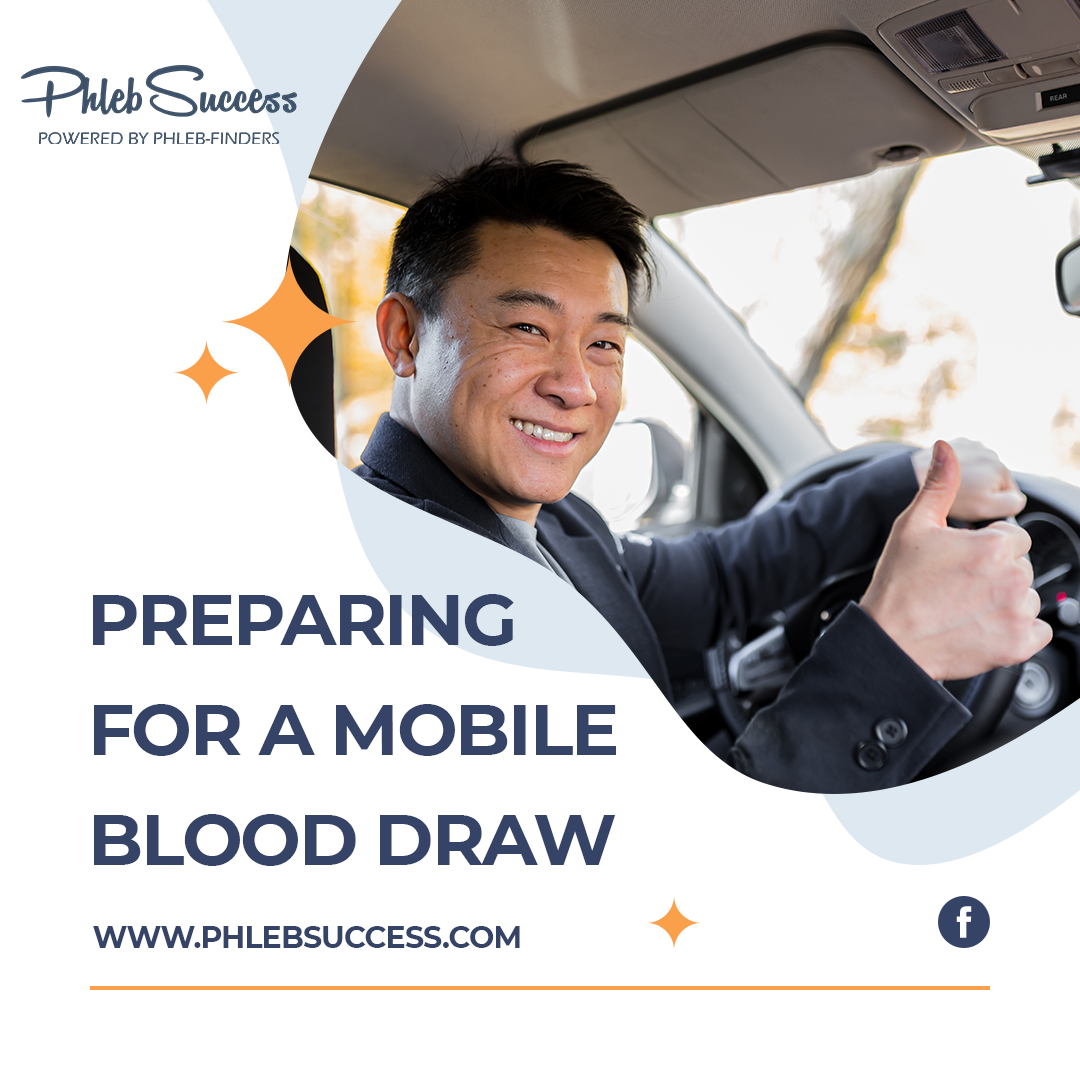Summary of key takeaways and resources for ongoing emergency preparedness
As we conclude this comprehensive e-learning course on preparing for mobile blood draws, it’s essential to recap the key takeaways and provide resources for ongoing emergency preparedness. Throughout the training, phlebotomy contractors have gained valuable insights and skills to ensure safe and efficient blood collection outside traditional clinical settings.
Firstly, understanding the unique challenges and considerations of conducting blood draws in non-traditional environments is crucial. Phlebotomists have learned to adapt their techniques to variable environments, mitigating potential risks associated with outdoor or non-clinical settings while safeguarding the quality and accuracy of blood samples during transportation.
Moreover, the importance of emergency preparedness and contingency planning has been emphasized. Phlebotomists are equipped to anticipate and prepare for potential emergencies during mobile blood draw scenarios, including role-playing exercises to simulate emergency response and effective communication in non-traditional settings.
To further support ongoing emergency preparedness, phlebotomy contractors are encouraged to refer to additional resources and materials. These resources may include guidelines for developing comprehensive emergency action plans, best practices for maintaining well-equipped emergency response kits, and training modules focused on enhancing teamwork, critical thinking, and clear communication during medical crises outside of traditional clinical settings.
By integrating the knowledge and skills acquired throughout this training with ongoing access to relevant resources, phlebotomy contractors can effectively uphold the highest standards of care, safety, and emergency preparedness in diverse environments, ensuring the well-being of both patients and healthcare professionals during mobile blood draw scenarios.
References:
- The Journal of Continuing Education in Nursing – Role-Playing for Improving Emergency Response Skills
- International Journal of Nursing Education Scholarship – Simulated Role-Playing for Enhancing Communication in Emergency Scenarios
- American Journal of Nursing – Emergency Preparedness in Non-Clinical Blood Draw Settings
